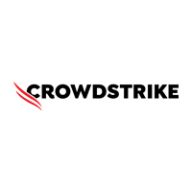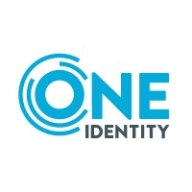

Find out what your peers are saying about CrowdStrike, Microsoft, SentinelOne and others in Extended Detection and Response (XDR).
| Product | Market Share (%) |
|---|---|
| CrowdStrike Falcon | 12.3% |
| Wazuh | 10.2% |
| Darktrace | 8.0% |
| Other | 69.5% |
| Product | Market Share (%) |
|---|---|
| Linux Active Directory Authentication | 0.5% |
| ManageEngine ADManager Plus | 14.5% |
| Netwrix Auditor | 11.3% |
| Other | 73.7% |

| Company Size | Count |
|---|---|
| Small Business | 46 |
| Midsize Enterprise | 34 |
| Large Enterprise | 61 |
CrowdStrike Falcon offers comprehensive endpoint protection with real-time threat detection, AI-driven capabilities, and seamless integration with other platforms. Its cloud-native design provides robust security across diverse environments, making it a reliable choice for modern cybersecurity needs.
CrowdStrike Falcon is heralded for features like robust endpoint visibility, threat detection, and AI-driven capabilities. Users value its efficient real-time monitoring, which maintains low impact on performance while offering seamless integration with platforms. The lightweight design, coupled with comprehensive dashboards and automated threat responses, enhances security operations while reducing resource strain. CrowdStrike's cloud-native architecture ensures flexible, always-on protection, making it adaptable to a wide range of environments. However, improvements can be made in log management, compatibility with diverse operating systems, and integration with third-party technologies. Users also seek more robust reporting features, fewer false positives, and better support for legacy systems. Enhanced policy application, AI capabilities, and extended on-demand scanning are desired, while pricing and technical support responsiveness are concerns.
What are CrowdStrike Falcon's key features?CrowdStrike Falcon is implemented widely in industries relying on robust endpoint protection for monitoring, securing endpoints, forensic analysis, and malware detection. Its cloud-based AI capabilities ensure comprehensive security across devices, making it a preferred choice for networks, servers, and workstations globally. The efficient management of security threats and compliance with regulations is achieved with minimal resource consumption.
Linux Active Directory Authentication provides a seamless integration of Linux systems with Windows Active Directory, enabling centralized management of users and policies. It's widely used in businesses requiring cross-platform interoperability, enhancing control and security.
Integrating Linux systems into Windows Active Directory environments, Linux Active Directory Authentication simplifies identity management and boosts security. With easy implementation and support for centralized credential storage, administrators efficiently manage permissions. There is room for improvement in areas like more extensive documentation and advanced tools to automate complex setups, which can further enhance the user experience.
What are the core features of Linux Active Directory Authentication?Linux Active Directory Authentication is valuable in industries like finance, healthcare, and education, where secure and efficient system access management is critical. Implementations in these sectors prioritize security and compliance, ensuring effective use of centralized authentication mechanisms.
We monitor all Extended Detection and Response (XDR) reviews to prevent fraudulent reviews and keep review quality high. We do not post reviews by company employees or direct competitors. We validate each review for authenticity via cross-reference with LinkedIn, and personal follow-up with the reviewer when necessary.